As more and more commercial drone operators enter the industry in the UK, how do you make yourself stand out from all of the other operators?
There are many different ways to gain clients such as; marketing, PPC advertising and other forms of lead generation which are well documented (we’ll be covering these in much more detail in future blogs, so as always, stay tuned!). However, it now appears that one of the lead differentiators is having enhanced permissions under an Operating Safety Case or ‘OSC’, which go above and beyond those held by other commercial drone operators.
In this series of blogs, which we see spanning more than 100 individual pieces, Matt Williams - the international authority on drones - will aim to outline precisely what an operating safety case is, why you need one and ultimately how to write one. It is worth noting that while the current form of this body of work will primarily be based here on the blog; we are also working on forming this content into a video series, podcast series and ultimately delivering it as one contiguous piece under a seminar and course-based format. More on that soon!
Read Time: ~4 Minutes
What is an operating safety case?
In very basic terms, an operating safety case is a document, created by a commercial drone operator which allows them to apply for and be granted non-standard drone permissions by the CAA. The document itself consists of three primary volumes which are as follows:
- Volume 1 - Operations Manual
- Volume 2 - Aircraft Systems
- Volume 3 - Safety Assessment
We will look at these individual volumes in great detail in the relevant sections of this series.
As part of the application/OSC issuing process, the technical assessment team at the CAA review the following:
- All of the documentation contained within the three volumes of your OSC
- Your completed SRG 1320 application form (which is now only utilised for non-standard permissions applications)
- Any additional evidence which they request as part of the application process; in order to determine whether the applicant is suitable for the award of enhanced permissions (in the form of an ‘OSC’).
It is worth noting at this early stage, the slight misnomer which is commonplace surrounding an operating safety case. This is to say that many people refer to them (or others) as flying or operating under an OSC; this is actually not the case. Any drone operator operating under an ‘OSC’ is actually still operating under a PfCO granted to them by the CAA but one which has ‘better’ permissions than a standard PfCO.
When applying for an OSC, we generally recommend that the applicant maintain their standard PfCO and apply for their OSC PfCO in addition. This allows the drone operator to maintain a distinction between standard operations whereby the additional planning and administrative burden of operating under an OSC are not required and to then switch to operating under an OSC if the body of work which they are conducting requires it. Not only does this allow the operator to eliminate any unnecessary work but, but it also allows them to set the pricing at two very distinct levels. One tier for standard operations and a second, higher-priced tier for operations conducted under the auspices of an OSC.
The fundamental reason that a drone operator may want to apply for an operating safety case is that it may allow them to conduct work where other permission holders are simply not able to. Again, this can take many forms, but the most common reason we see for people wanting to operate under an OSC is to reduce their cordon requirements and separation distances from persons, vessels, vehicles and structures not under their control.
At present, a drone operator conducting commercial drone operations under a standard PfCO must maintain 50m separation from most people and objects not under their control. The OSC mechanism is the primary means to reduce this distance down below 50m, thus enabling the operator to not only stand out from other operators but also facilitates operations being conducted in areas which would be impossible under a standard set of permissions for example:
- In town centres
- Close to roads
- Inside industrial estates
- Near to major infrastructure items
Although the reduction in separation distances is the most commonplace request which is made to the CAA under the OSC process, there are other operational elements of the PfCO which can and may be altered by an OSC if granted. Amongst the change requests we often consult on, we have also successfully helped people to apply for OSCs which allow for; Enhanced Visual Line Of Sight (EVLOS) operations, Beyond Visual Line Of Sight (BVLOS) operations, operations in excess of 400 feet above the surface of the earth, and permissions for drones which weigh in excess of 20 kg.
Summary
The CAA are open to adjusting all of the PfCO operating limitations under an OSC on a case-by-case basis. However, a successful OSC application for the amendment of any parameter relies heavily on the appropriate evidence being provided to the CAA for them to make an accurate and measured change to the individual’s permissions.
It is this body of evidence which you must collate audit and present to the CAA throughout the three volumes of your OSC document, and we will guide you through this process in detail throughout this series.
Blue Skies,
Matt



